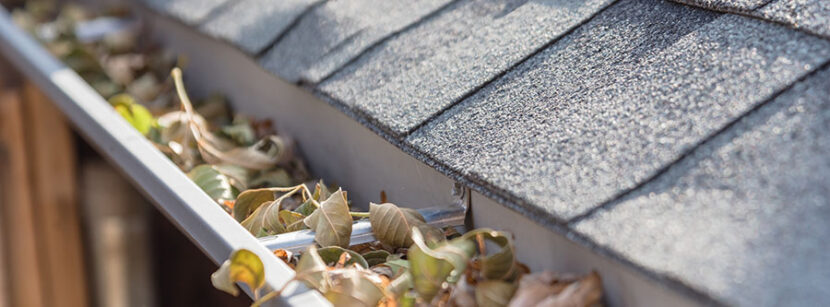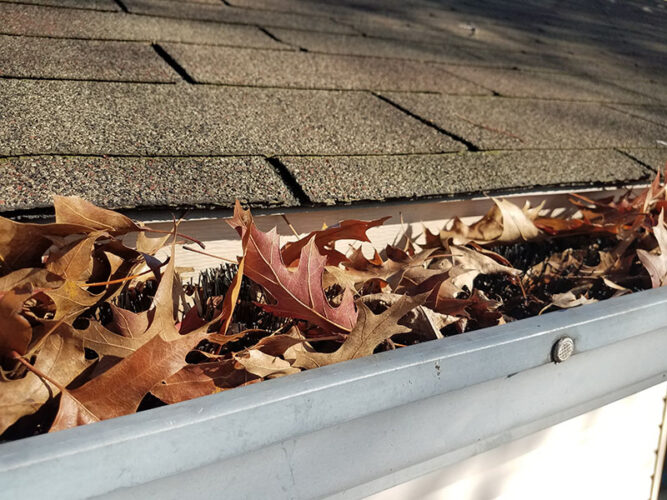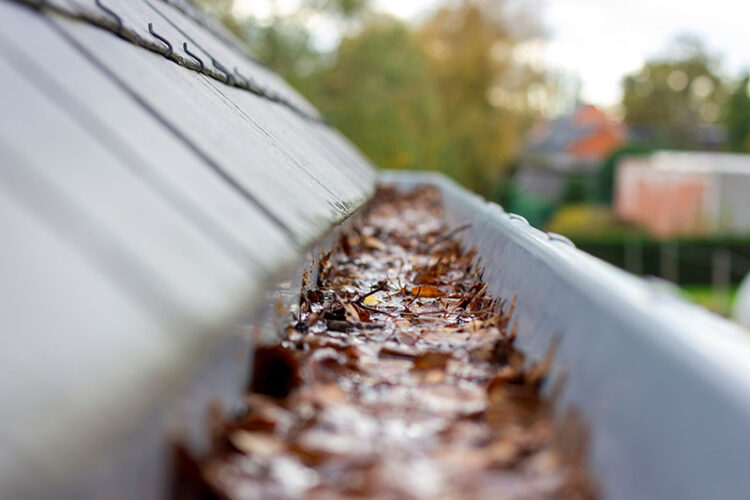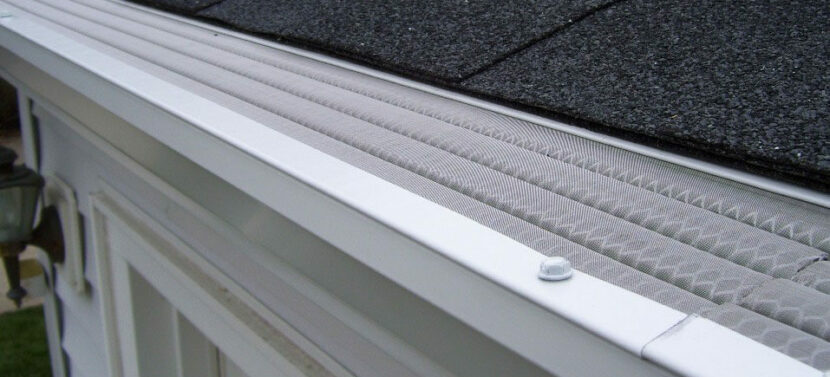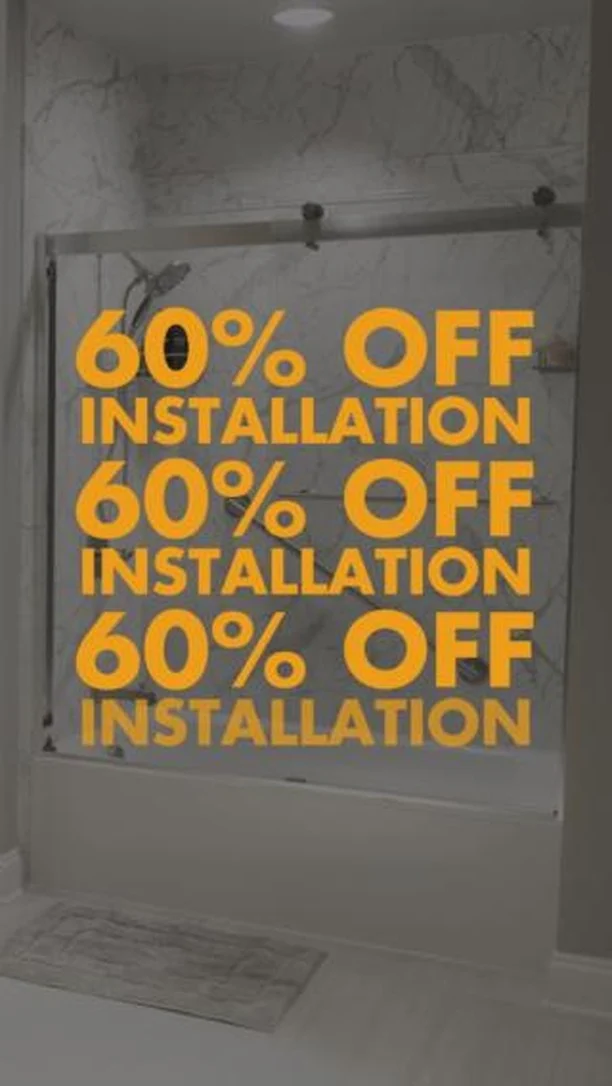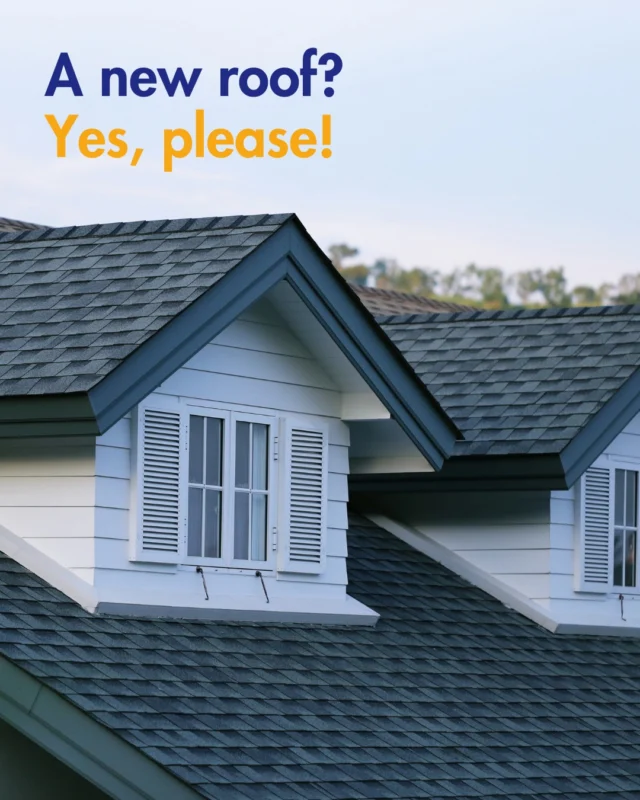Comprehensive Guide to Downspout Drainage
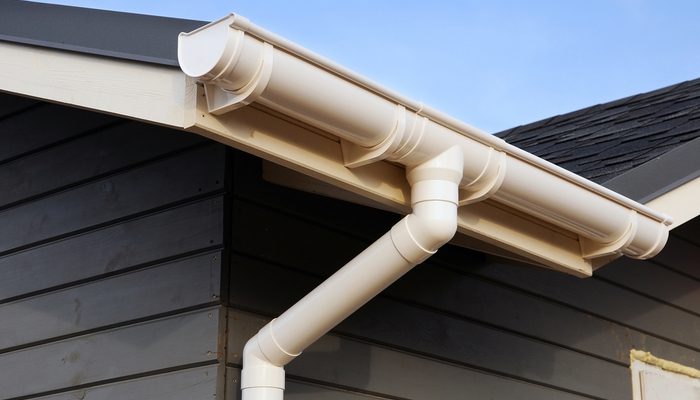
Understanding downspout drainage systems
When it rains, you should be snuggled under a blanket watching movies, not worrying about water damage. Your drainage system is all that stands between you and an expensive underground failure. Your downspouts are one of your best defenses against prolonged water exposure. Without them, you’re at risk of developing a slab leak, mold infestation, or roofing failure.
Get a Free Estimate Today
60% off installation. Special financing available. See details.
Definition and purpose of downspout drainage
Your drainage system is a multi-pronged structure that includes storm drains, drain lines, dry wells, and downspouts. The latter are the vertical pipes that connect to your drain lines. They collect water and channel it to a safe place. They’re a conduit that protects your foundation, landscaping, and basement from rot, flooding, mold, and water damage. Without them, your gutters would overflow, passing water over your siding and soil where it can cause untold destruction.
How downspout drainage systems function
Your gutters are your first line of defense against one of nature’s most destructive elements—water. They run vertically along your eaves, preventing rainwater from passing over your property. They create a vertical channel for water to travel, and gravity takes care of the rest.
Common materials used in downspout drainage
Downspouts are generally constructed from aluminum or galvanized steel. The former is cheap, light, and durable, but the former offers additional strength. Copper is popular for its beautiful patina and longevity, but it comes at a premium price. Vinyl has hit the market in recent years. It offers total rust resistance and comes in a wide variety of colors.

Benefits of proper downspout drainage
Your gutters can’t function without a conduit, and downspouts fulfil that role. They:
- Prevent water and snowmelt from flowing over your siding. Without downspouts, water and debris would flow over your housing structure, causing water damage, mechanical wear, and mold.
- Save you money by preventing the need for siding and window repairs caused by water damage.
- Reduce soil erosion and wet spots around your home. Constant water exposure can wash away rich soil until your garden turns into a dry rock bed.
- Enhance the health and beauty of your landscape. Mulch and plants are left to thrive, allowing your garden to flourish.
DIY installation tips for downspout drainage
Downspouts must be installed at height, so safety tools are a necessity. You’ll need a sturdy ladder and gloves to protect your hands from sharp surfaces. Always work with a safety partner who can assist if accidents happen. You’ll also need:
- A hacksaw
- Measuring tape
- A drill
- Screws and bits
- Gutter sealant
- A level
- Snips
- A crimper.
Your downspout materials should include vertical pipes, elbows, straps, and hangers.
Step-by-step guide for installing downspouts
Downspout installation is a relatively easy DIY task if you have the tools and time.
- Perform your measurements and cut your downspout sections to the correct length.
- Line up your first elbow and fix it into place with rivets or screws, using sealant to secure the seam.
- Slide your downspout section into place and secure it.
- Connect your next elbows around the corners
- Attach your downspout outlets at the bottom of each section.
- Attach an end cap to each outlet if preferred.
Common mistakes to avoid during installation
Measurements are half the battle of downspout installation. Incorrect placement will destroy your entire project, so make sure your gutters align to the roof’s edge with a subtle slope towards your downspouts. Improper hanger spacing is another common error that will lead to sagging and leaks.
DIY enthusiasts often manhandle their gutters during installation. Remember that downspouts are prone to dents and scratches that could ultimately lead to long-term leakage. Treat them gently and minimize your seams wherever possible.
Maintenance and care for downspout drainage systems
Your downspouts can only protect your home if you keep them in good condition. Without routine care, rust, cracks, and dents can render them ineffective.
Regular cleaning and inspection tips
Your entire drainage system should be thoroughly cleaned twice a year with a garden trowel. This is the perfect time to flush your system—a task to perform every season and after each heavy storm. You can test water flow with a hose to identify invisible clogs. If you see water spilling over your gutters or notice any sagging, you probably have a blockage. You can flush it out with water or use an auger for tougher clogs. Next, perform a visual inspection, paying particular attention to cracks, rust, and loose seams.
Seasonal maintenance checklists
- Winter is harsh on gutters, so Spring is the perfect time to check for leaks, cracks, and loose joints.
- During summer, prepare your gutters by trimming overhanging vegetation. Make sure your brackets are secure.
- Fall is the time for thorough cleaning and gutter guard installation.
- During winter, check for ice dams and perform regular checks for ice buildup.
Overview of underground drainage options
Downspouts needn’t channel water to outside areas. Internal leaders carry water through your walls, while trench drains disperse it underground. French drains are another solution leading to an underground pipe. Catch basins carry water to a grated inlet leading to an underground line.
Advantages of using downspout extensions
If you value your garden or are prone to pest and mold infestations, downspout extensions will lead water away from your home’s foundation and landscaping. They can improve your overall drainage and prevent waterlogging.
Eco-friendly drainage solutions
Rainwater harvesting is the perfect way to conserve water and reduce your utlility bills, but if you’re a committed eco-warrior, you might prefer green infrastructure. This practice uses absorbent gardens, vegetative rooftops, and other natural infrastructure to manage runoff.
Even the most robust roofing and siding can fail when exposed to a constant barrage of moisture. Your downspouts reduce your home’s exposure to moisture, helping your windows and siding to achieve their full service life. By limiting structural damage and soil erosion, you can preserve your home’s beauty, value, and functionality.
1-800-HANSONS can install the right features and create the perfect gutter system for your home. Click here for a free gutter guard estimate.
Related articles:
What are the benefits of seamless gutters?
The benefits of having a micro-mesh gutter guard
How much are gutter guards?

